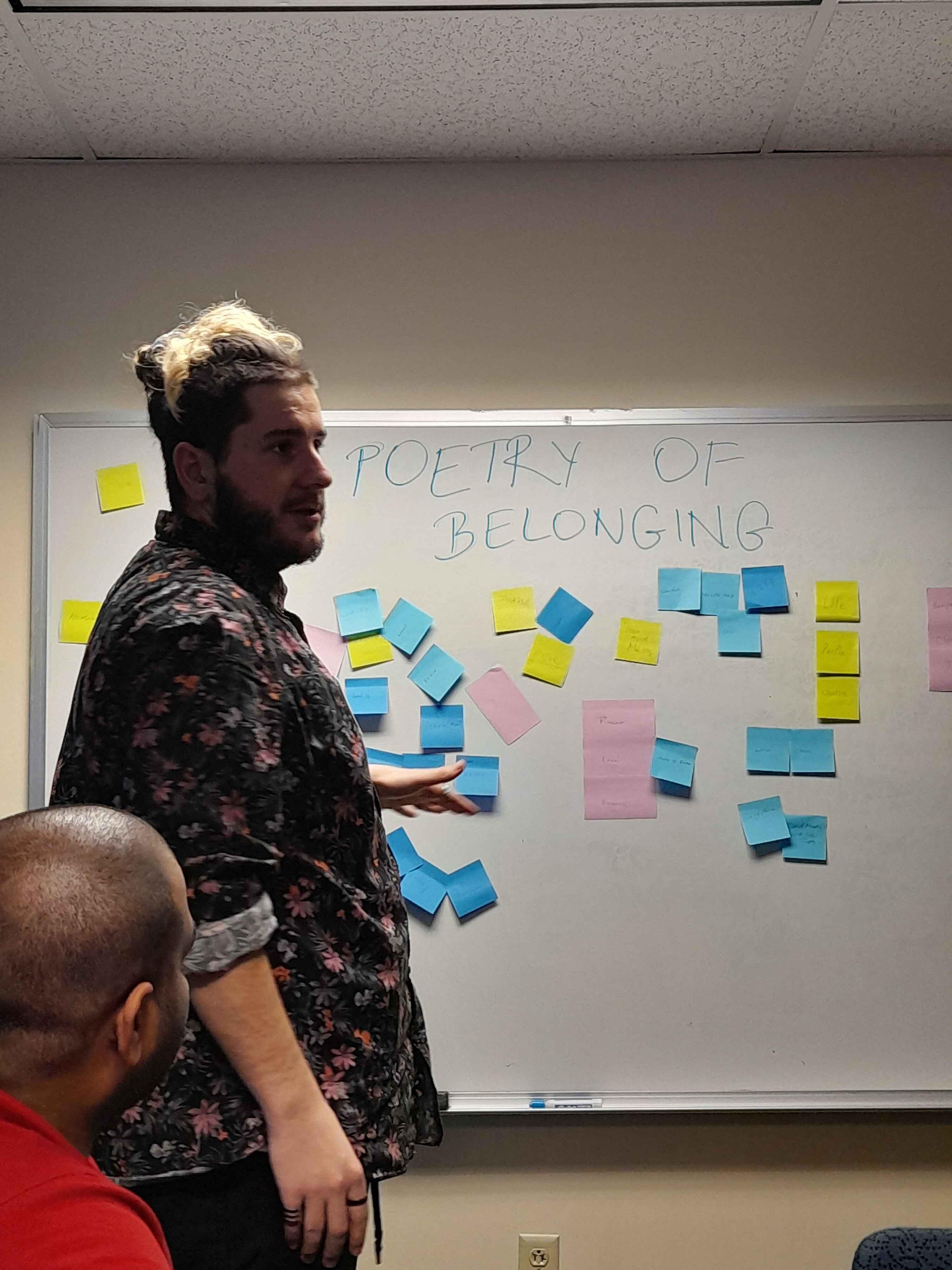What Students Say
Likes
- Diversity and inclusion
- Campus facilities like free entry to the sports complex and indoor pool 365 days.
- Coursework is advanced and different from Health Informatics in other universities.
Dislikes
- Getting paid less for the TA and RA positions and there's no reduction in tuition fee for TA and RA positions.
- Less interaction between instructor and student outside the classroom hours. Occasional events to break the ice would have improved interaction among students and instructors.
- Coursework is designed to be future ready but they haven't focused on current market requirements.
Course Curriculum
- If I had to rate the difficulty level of the program out of 10 I would rate it a solid 10 because the coursework involves learning R and Python programming languages. Since I and a majority of other students come from a healthcare background like B Pharm, Pharm D, BDS, MBBS, Nursing, and Nutrition it is hard for us to adapt to the coding subjects. The positive aspect is that the professors make it easy for us by explaining the coding part from basics but they expect us to know the general analysis and statistics which they haven't mentioned during admission webinars.
Admission Experience
-
I applied for the following universities:
- Long Island University: Admitted
- Wright State University: Shortlisted
- University of Arizona, rejected
- Hofstra University, Admitted
- University of Cincinnati—Rejected
- The main reason for my rejections was applying late to the universities. I took the decision late and I was in a hurry to start the next immediate intake. I should have taken some time to research and gone the next semester after getting to know that most of the universities had already closed the applications.
- I chose Saint Louis University over other universities because the coursework seemed interesting. Many might think that health data science is similar to health informatics, and in some instances, they think both are exactly the same, but they are completely different. Health informatics programs have different coursework in different universities. Whereas Health Data Science has no electives, it's very straightforward. It's mainly focused on scripting and not the tools. Moreover, St. Louis has the lowest cost of living compared to other cities where I got admitted. After living there for 2 years, I can assure you that you don't have to buy a car if you are studying at SLU and living in St. Louis. The university provides free bus passes and the road and metro connectivity is good in St. Louis City.
- I applied for the Spring 2022 intake in October 2021. I got the acceptance in 15 days and the i20 was issued in the later week after submitting the financial proofs. A series of webinars were conducted by the Office of International Services from the day I got my admit card till I reached the campus to help us with the process and answer our queries.
Class Schedule
- Coming to class schedules, it is mandatory to enrol for at least one offline course per semester and two courses per semester to maintain full-time status. So mostly 1 class per week per subject, which lasts for 3 hours that too in the evenings (typically between 4:30 pm to 9 pm). Online classes won't be live sessions; they will be pre-recorded sessions in the student portal, which we can go through in our free time and complete the assignments.
- Assignments are a crucial part of the course work and they do not tolerate any carelessness or negligence in assignment submissions. 100% on-time submission with no plagiarism is a must and should to clear the semester.
- HDS classes consist of around 100-150 students per class, of which 80-90 percent will be Indians.
Faculty
- The teaching methodology and course content are really good but that alone won't be enough to get us a job. Since they teach more than 100 students at once, they barely communicate with each other separately.
- You have to be proactive and make appointments to meet them in person during their office hours if you want to develop a good rapport with them.
Campus Life
- There are two campuses for Saint Louis University in St. Louis City. The North campus and the South campus are barely 1 mile away from each other. The North campus has all the IT and STEM-related colleges, whereas the South campus is full of medical-related courses.
- Both north and south campuses have plenty of restaurants, reading rooms, and a common library. On the north campus, each department has its own department library, career services to help us prepare for jobs, writing services to improve our academic writing skills, a student counselling centre if you are stressed with your life and coursework and many more facilities.
- Many events occur on campus every week. Campus celebrates festivals of all countries. You can be a part of one of the many clubs and follow your interests and hobbies. All the information about clubs, events, and facilities can be found in the student portal.
Part Time Jobs
- Since there are many restaurants on campus, there is a great scope for getting an on-campus job in food and dining services. Apart from that there are also TAs, RAs, library helpers, helpers in fitness centres, office assistant positions, etc. Pay for a TA and RA starts from USD 15/- an hour and max 20 hours a week. But in food services, pay starts from USD 12/- an hour. Other departmental positions have different pay scales as per the availability of funds.
- With the increased influx of students from 2023, it has become very difficult to find a decent-paying part-time job in St. Louis. I would recommend everyone secure enough funds for living without relying solely on part-time jobs. If you end up getting a part-time job, your pay might be USD 10/- per hour on average. The university has a job portal called 'Handshake' where you can find information about all the on-campus employment opportunities.
Placement
- Finding a job after graduating is difficult in the current market condition. Regular career fairs will be conducted by the university career services to improve academic and industry relations. If you are lucky enough, you might get some good contacts that help you get a job/internship.
- Having prior experience on a similar job profile in India will greatly enhance the chances of getting placed after your MS.
Accommodation
- I joined a telegram group, which led me to a WhatsApp group later where the students who were already living in St. Louis were helping us to find accommodation. I stayed with my seniors for the first 15 days. While living there, I reached out to the leasing offices around that area and found an apartment 1 mile away from the campus. Our's was a 3BHK, which we leased for USD 1500/- a month. The leasing manager was kind enough and took only one month's rent amount as a security deposit from us.
- I recommend future students to check with STL City Wide apartment rental agency for leasing apartments near campus. They are located on 1N Taylor Ave., St. Louis, MO, 63108. You can also reach them through email before your flight and complete the paperwork so that you can have your apartment ready by the time you reach St. Louis.
Exams
- The university accepts IELTS, TOEFL, PTE, and Duolingo as proof of English proficiency. Even if we don't qualify for any of these exams, the university still accepts admission through a process called the Pathway programme, where they first teach the English language and only after clearing the exam conducted by the university will we start with our MS.
Fees
- Tuition fees for Health Data Science were $1220 per credit and there are 30 credits in total. So the total cost for 30 credits will be $36,600/-. Per semester you will be enrolling for 6 credits so every semester you have to pay $7320/-. The university offers multiple payment methods. You can pay the whole semester tuition fees in whichever amount you can multiple times with a nominal extra charge of $70/- or in equal installments for some percentage as a nominal interest on the semester fees.
- Coming to the monthly living expenses, St. Louis's cost of living is approximately 5% less than the national average in the USA. You can rent a studio for $1000/-, a 1BHK for $1100/- to 1300/-, a 2BHK for $1400/- to 1800/-, and a 3BHK for $1600/- to $2200/- close to campus in areas like Central West End, Lindell Blvd., West Pine Blvd., Westminster Pl., or someplace else in the suburbs like Creve Coeur, Maryland Heights, Chesterfield, or Manchester.
- Food and other groceries might cost you between USD 70/- and USD 150/- per person per month if you are living in a shared apartment. Always make sure to ask the leasing office for what amenities are included and what are not included in the leasing agreement. If you are living near the campus, there is no need to spend on transportation as the university issues free bus passes. Even though you don't have a bus pass, you end up paying $1/- per ride from anywhere to anywhere in St. Louis.
Scholarship
- Our department didn't offer any type of scholarship to the students. The only offer we were given is that we paid only USD 350/- for the first 3 credits. But other programs like Information Systems and Computer Sciences got huge scholarships with amounts ranging from USD 4000/- to USD 15,000/-. I am not sure if this trend is being continued now or not, but almost everyone got some or the other type of scholarship from the university.
- Apart from the scholarships, the university also provides financial aid to students. Regular updates will be given to the university email. The University Financial Services office in the Dubourg Hall helps students with their fee statement queries.



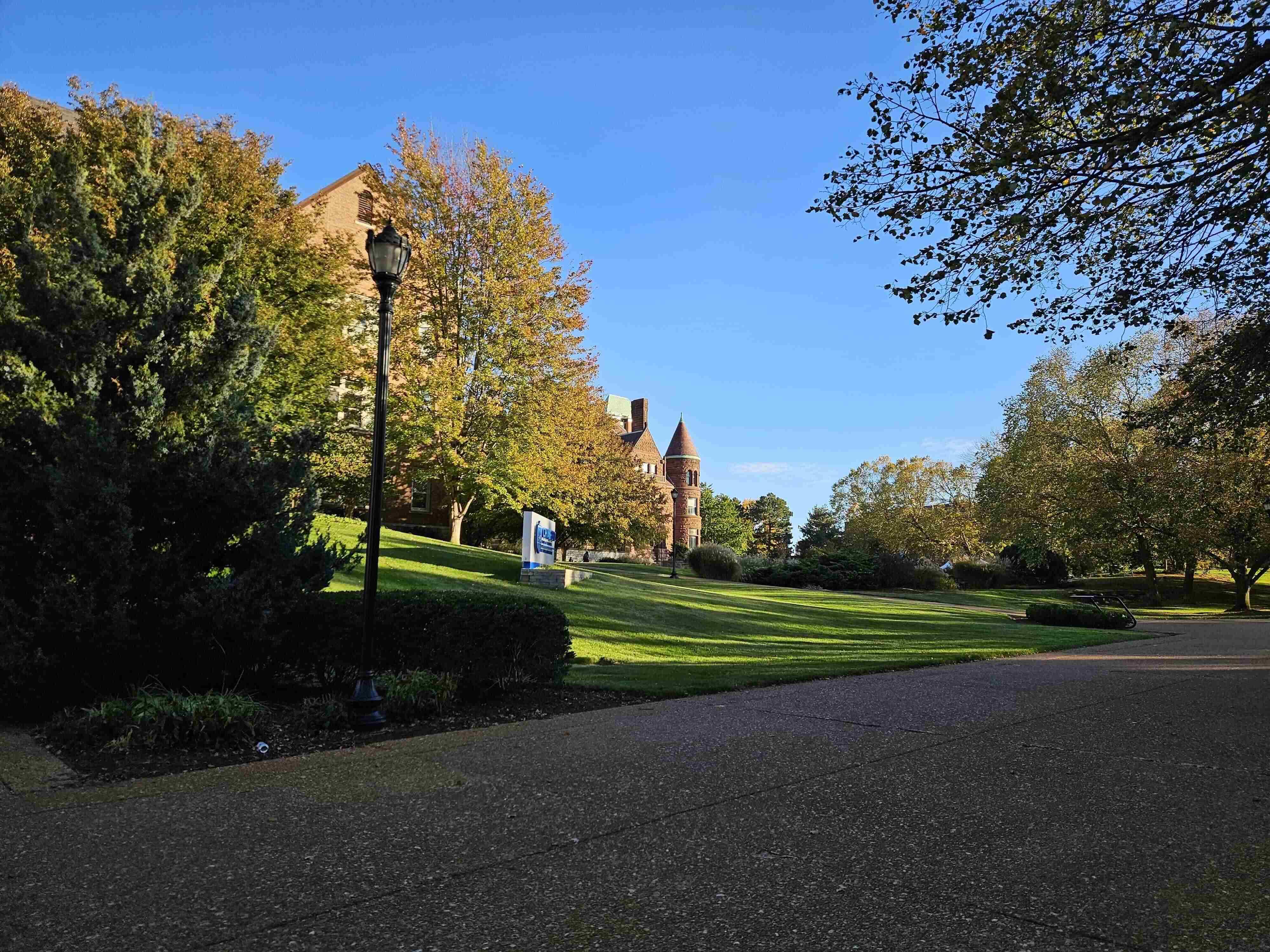
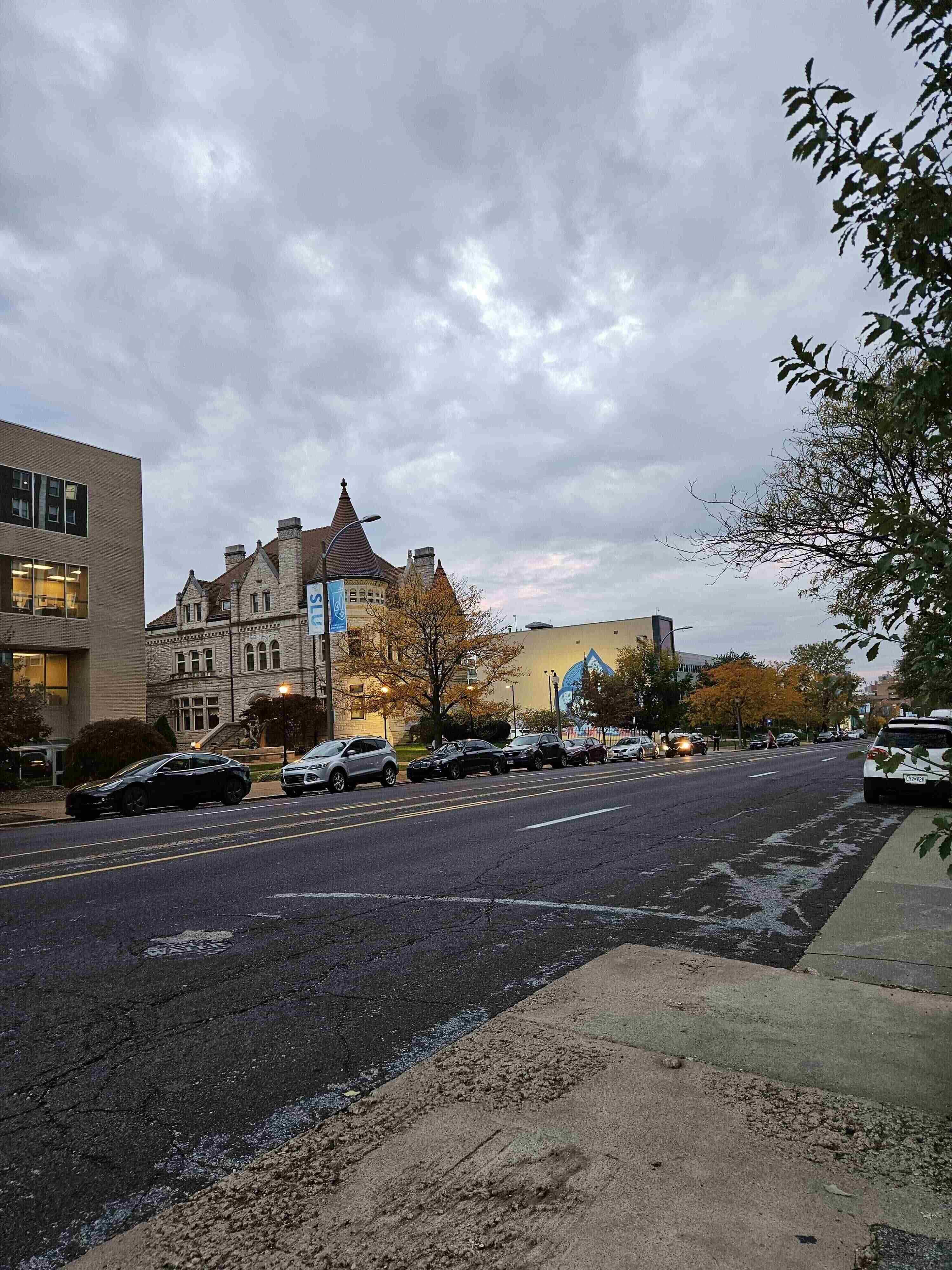
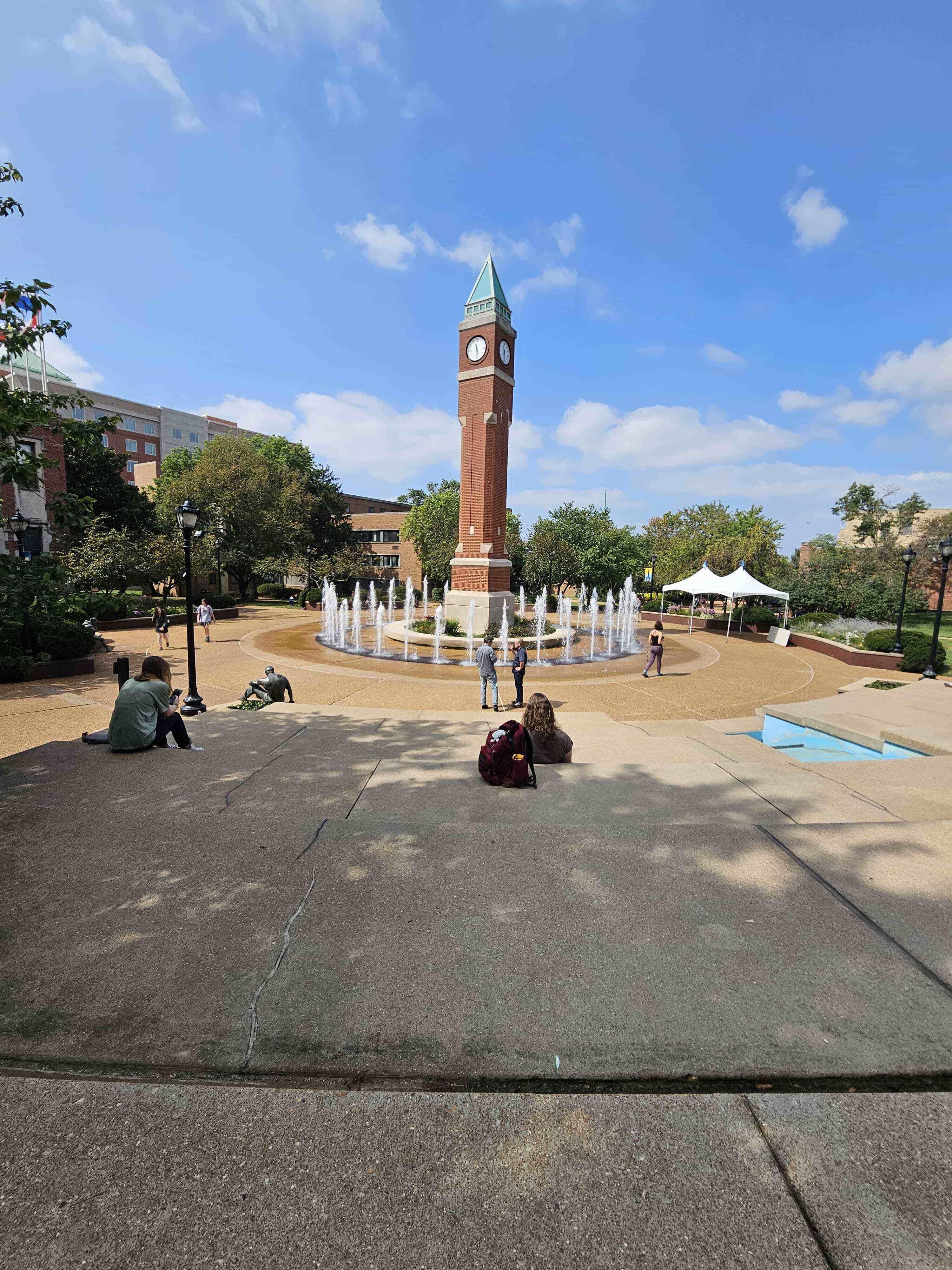
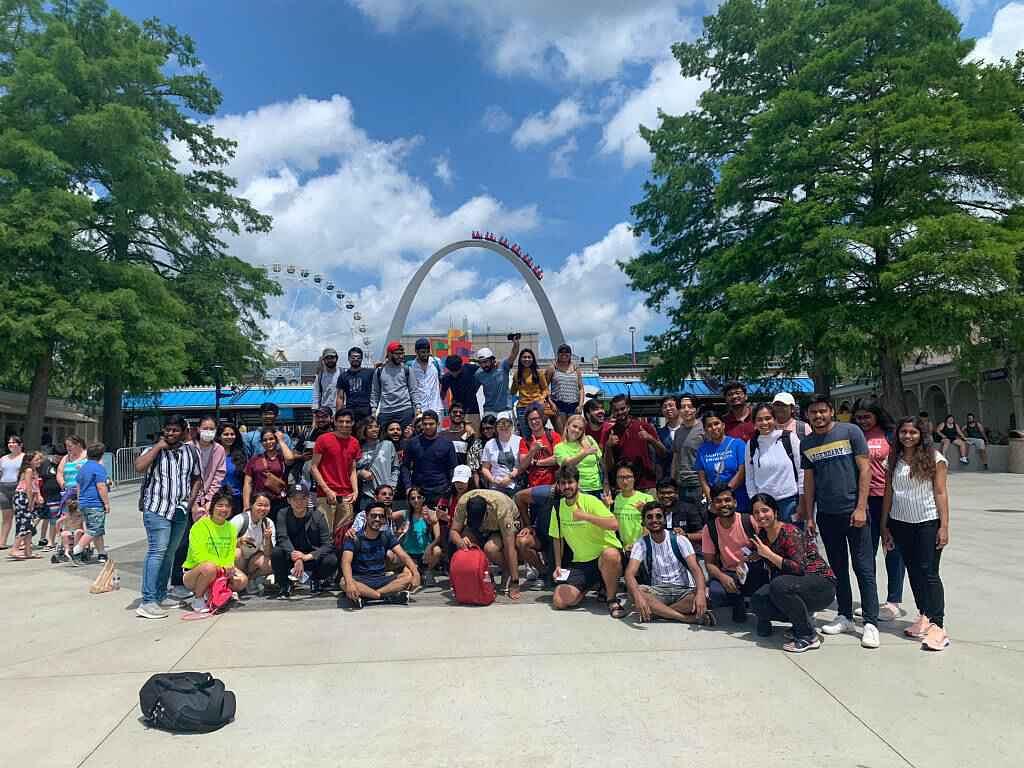
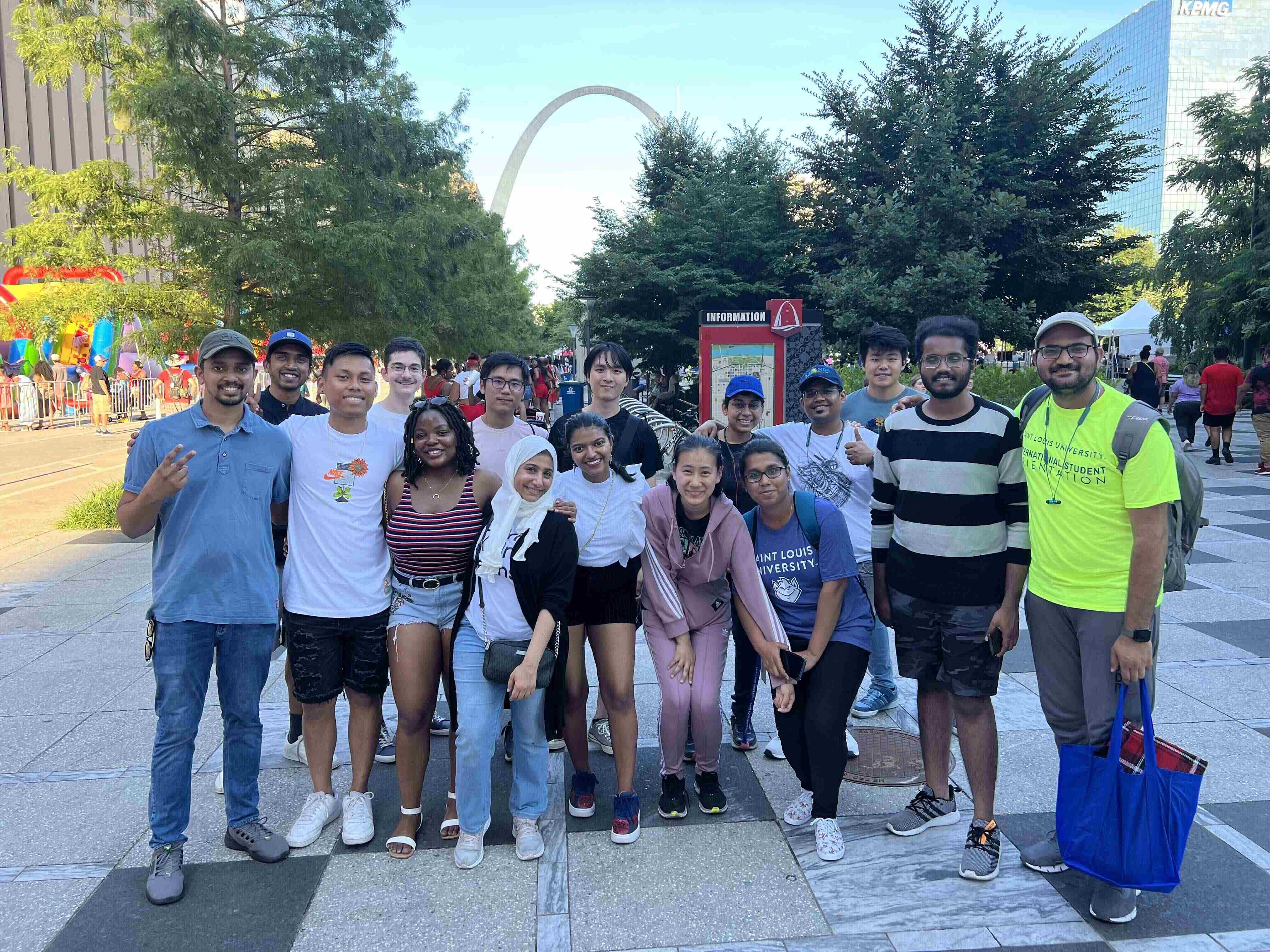
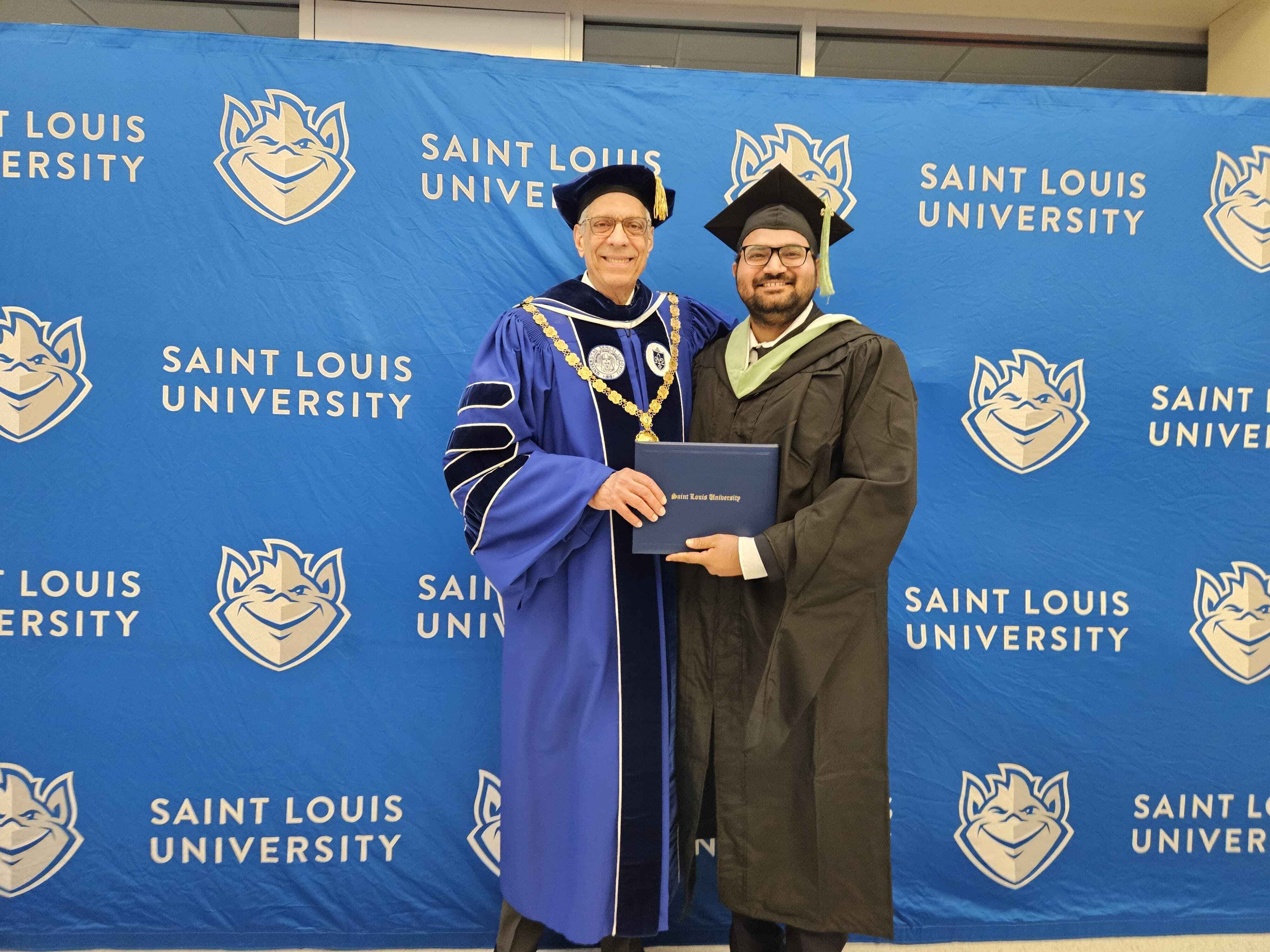


.jpg)
